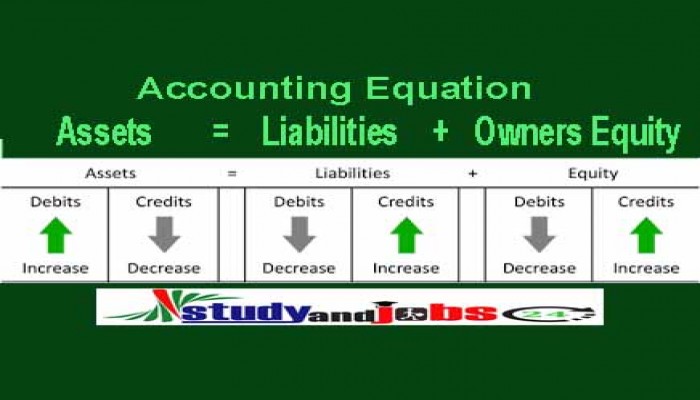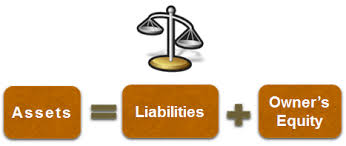
The accounting equation is also known as Balance Sheet equation. The accounting equation shows that:
Assets = Liabilities + Capital
What do these terms mean?
Asset: A resource that may be used by a business or other organisation to derive revenue in the future.
Examples of assets are land, buildings, plant and machinery, motor vehicles, inventories of goods, receivables, bank balances and cash. Assets may be described as tangible or intangible.
Tangible assets are those that can be physically seen or touched (e.g. land, buildings, equipment, inventories, etc.).
Intangible assets cannot be physically seen or touched (e.g. goodwill, which represents the value of a business as a whole compared with the sum of the values of its individual assets and liabilities. As such, goodwill represents the value of the organisation’s customer base, employee relationships, etc.). Other intangible assets might include patents and trademarks.
Receivables: A person owing money to an entity. These are assets to the business because they are eventually converted into cash, which is a resource that can be used by the business.
Liability: An entity’s obligations to transfer economic benefits as a result of past transactions or events.

Thus a liability can be described as an amount owed by a business or organisation to an individual or other business organisation. Examples of liabilities are payables, loans received and bank overdrafts.
Payables: A person or an entity to whom money is owed as a consequence of the receipt of goods or services in advance of payment. These are financial obligations or liabilities of a business until they are paid.




